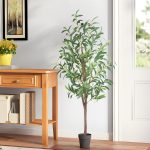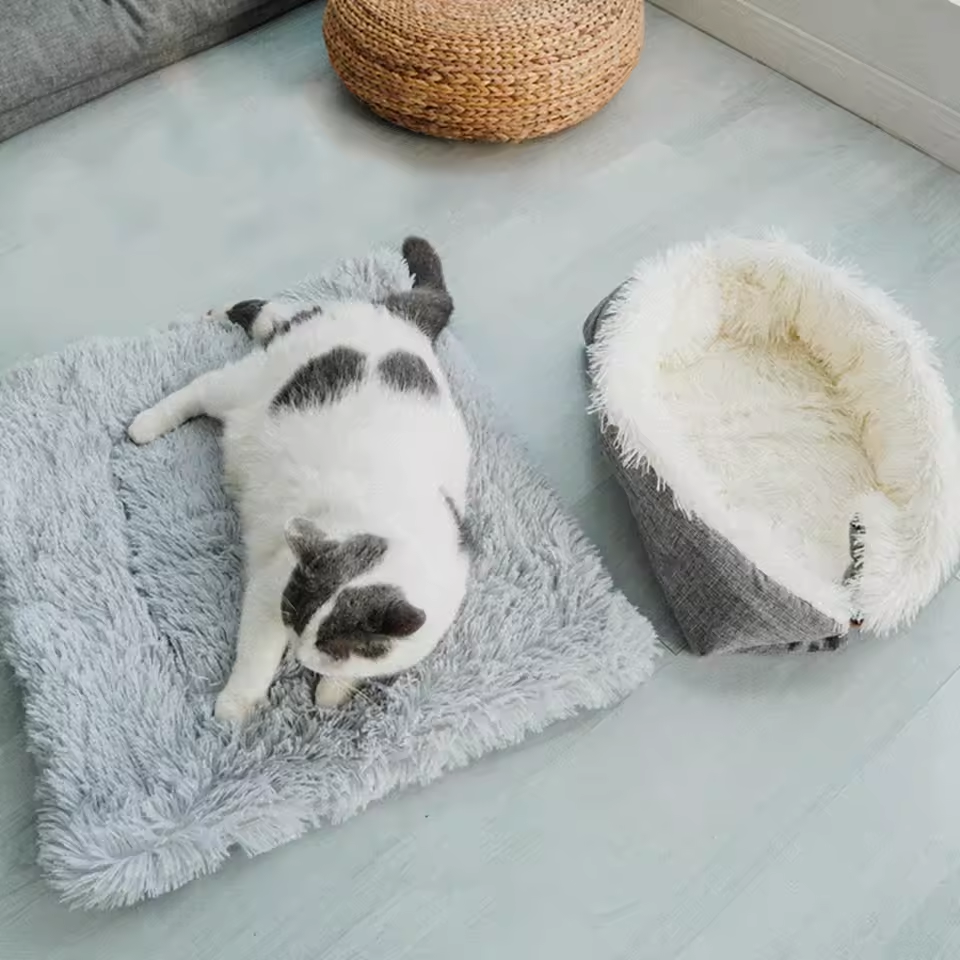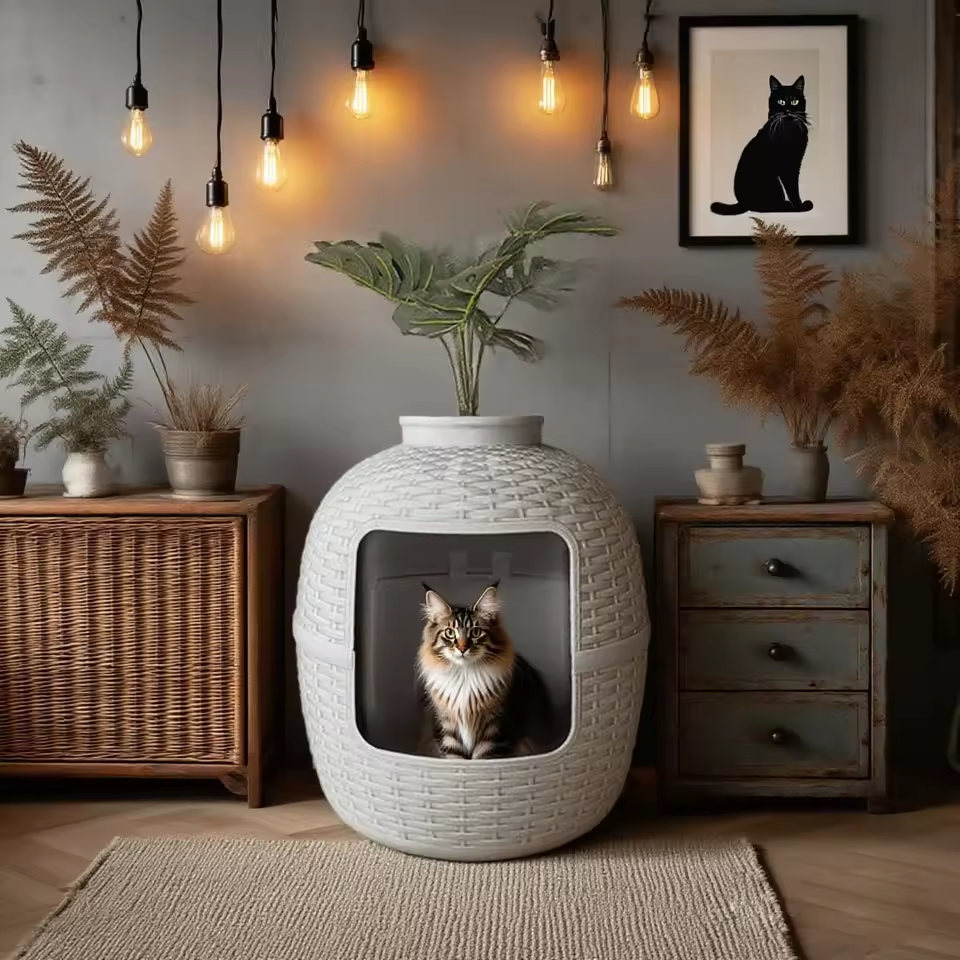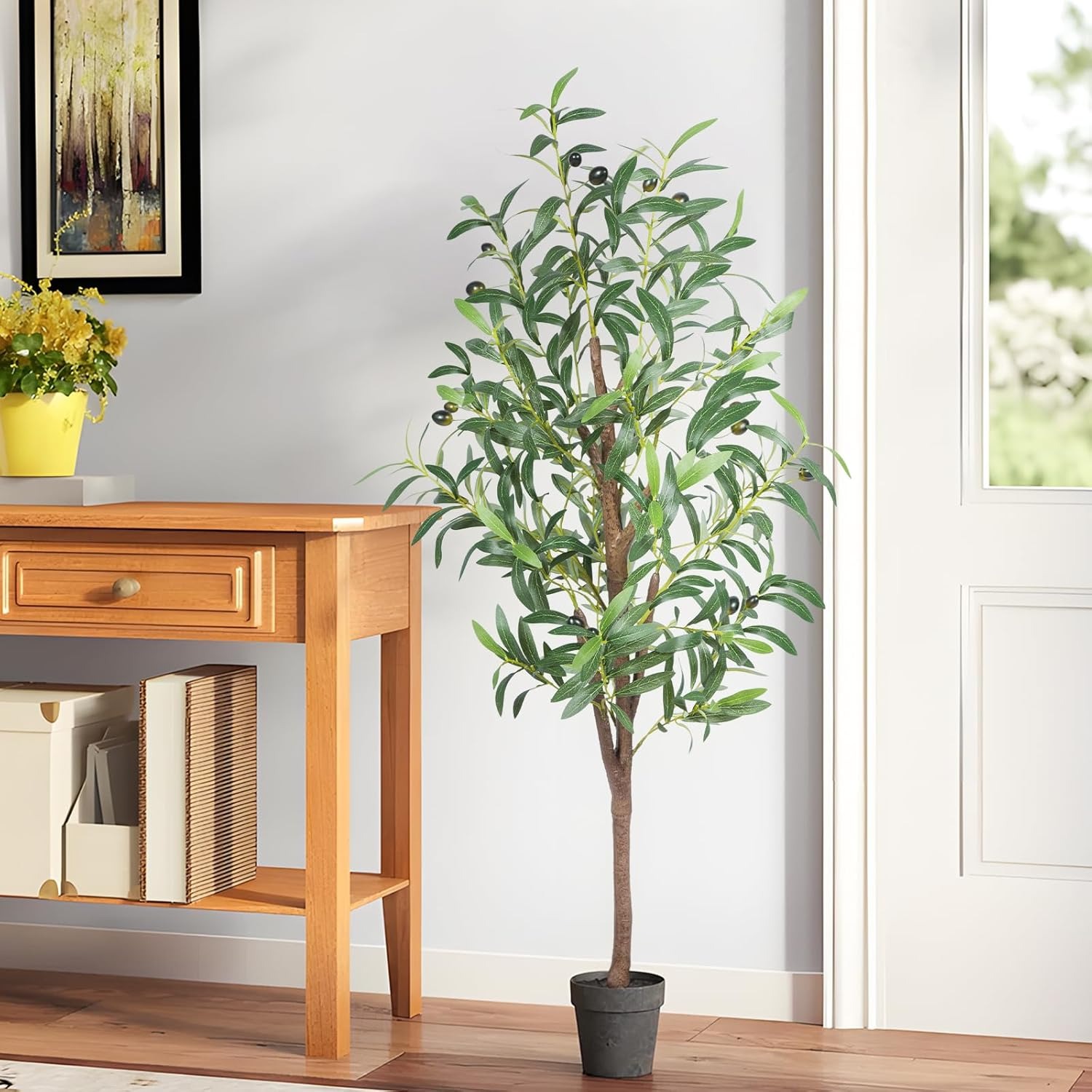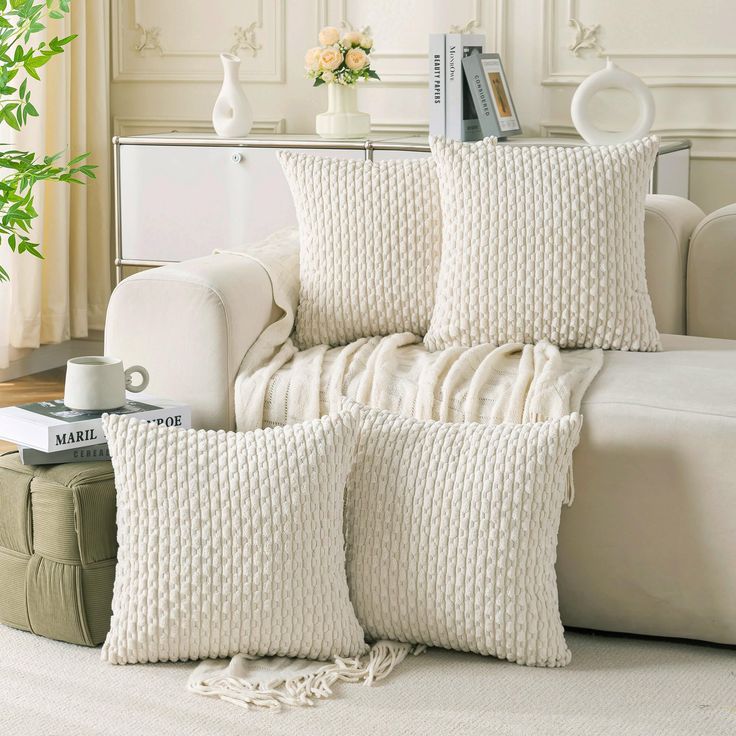Why Choose Cat Safe Indoor Plants?
Cat safe indoor plants offer multiple benefits beyond aesthetics:
1. Pet Safety First
Toxic plants like lilies or philodendron can cause severe illness in cats. Opting for non-toxic varieties like Boston Ferns or Spider Plants eliminates poisoning risks, ensuring your feline’s well-being.
2. Air Purification
These plants act as natural air filters. Spider Plants and Parlor Palms remove toxins like formaldehyde, improving indoor air quality for both you and your pet.
3. Design Versatility
From trailing Spider Plants to upright Cat Grass, these plants adapt to any decor style. They add greenery to shelves, windowsills, or cat-friendly vertical gardens.
4. Peace of Mind
Avoid constant worry about your cat nibbling on foliage. Cat-safe indoor plants let you enjoy gardening without compromising safety.
Choose varieties like Barberton Daisies or Cat Grass to create a harmonious space where beauty and safety coexist.
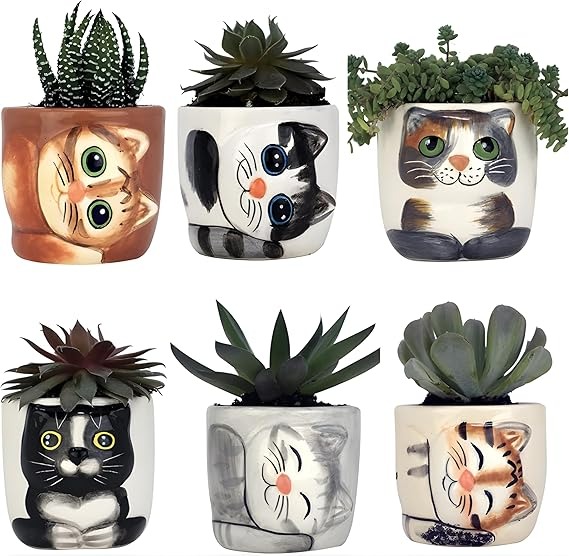
Top 5 Cat-Safe Indoor Plants
Top 5 cat-safe indoor plants combine safety, beauty, and ease of care:
- Boston Fern (Nephrolepis exaltata)
- Safety: Non-toxic to cats.
- Features: Lush, arching fronds that add humidity to dry rooms.
- Care: Thrives in indirect light and consistently moist soil. Ideal for bathrooms or kitchens.
- Spider Plant (Chlorophytum comosum)
- Safety: Safe for cats; produces air-purifying runners.
- Features: Striking variegated leaves and trailing growth.
- Care: Tolerates low light; water when soil dries. Perfect in hanging baskets to deter nibbling.
- Cat Grass (Wheatgrass/Oatgrass)
- Safety: Designed for cats—encourages chewing safely.
- Features: Grows quickly; mimics outdoor grass.
- Care: Plant in shallow pots; harvest greens within weeks. Place near tempting plants to distract your cat.
- Parlor Palm (Chamaedorea elegans)
- Safety: Non-toxic and pet-friendly.
- Features: Delicate feather-like fronds for a tropical vibe.
- Care: Thrives in low light; avoid overwatering. Perfect for offices or corners.
- Barberton Daisy (Gerbera jamesonii)
- Safety: Safe for cats; vibrant blooms add color.
- Features: Bright flowers in red, orange, or yellow.
- Care: Requires bright light; water sparingly to prevent root rot.
These cat-safe indoor plants enhance spaces while keeping pets safe. Match species to your home’s light and style—let greenery thrive alongside your feline companion!
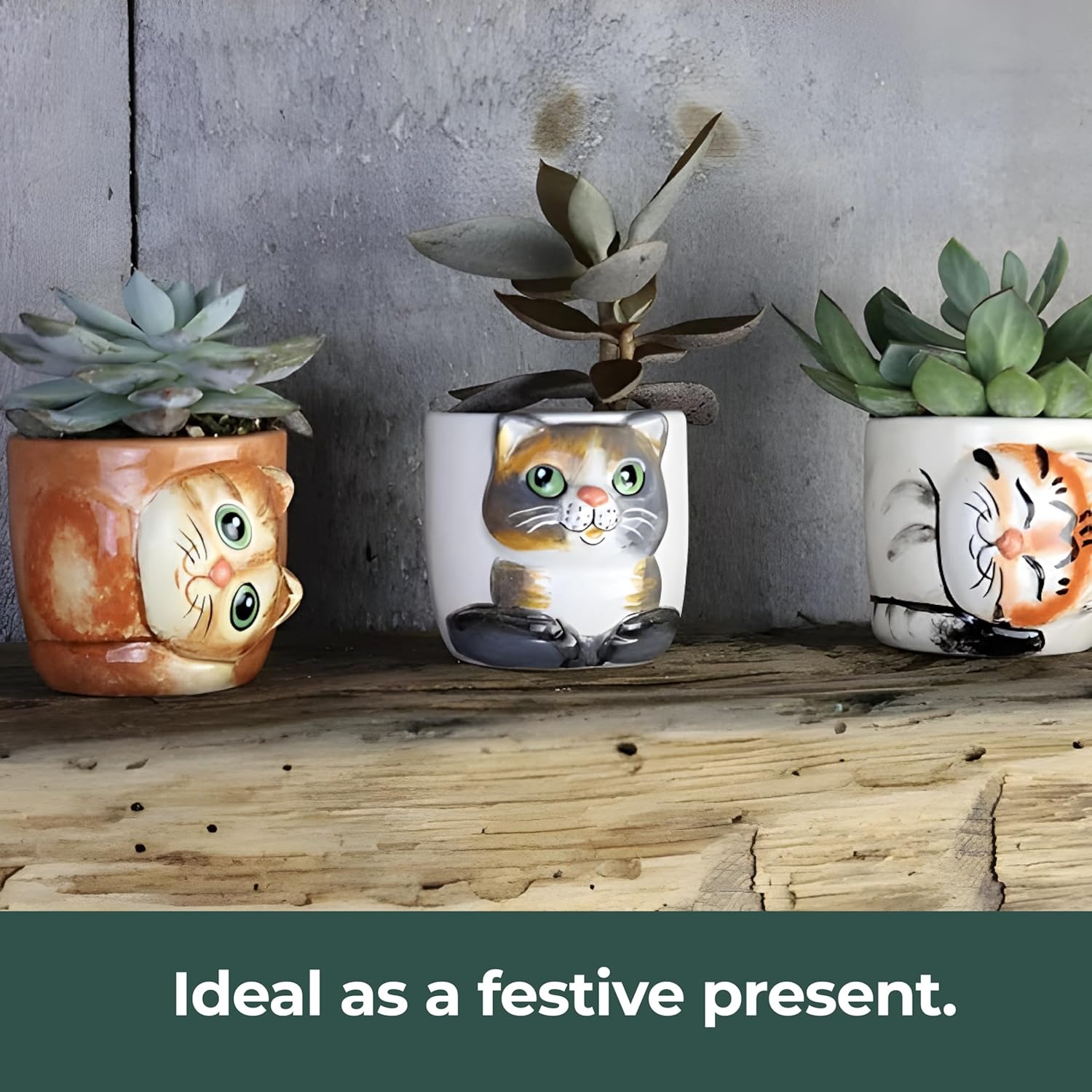
Toxic Plants to Avoid
Avoid these toxic plants to protect your cat’s health:
- Lilies (Lilium spp.)
- Toxicity: All parts (flowers, stems, leaves, pollen) are highly toxic.
- Effects: Even small ingestions can cause kidney failure within 48 hours. Immediate vet care is critical.
- Dieffenbachia (Dumb Cane)
- Toxicity: Contains calcium oxalate crystals that irritate tissues.
- Effects: Severe mouth swelling, difficulty swallowing, and vomiting. Rinse the mouth and seek veterinary help.
- Sago Palm (Cycas revoluta)
- Toxicity: All parts are poisonous, with seeds containing the highest levels of toxins.
- Effects: Liver damage, seizures, and gastrointestinal distress. Remove immediately and contact a vet.
- Philodendron
- Toxicity: Contains insoluble calcium oxalates that cause cellular damage.
- Effects: Excessive drooling, pawing at the mouth, and swelling. Flush the mouth with water and monitor symptoms.
- Aloe Vera
- Toxicity: While the inner gel is safe for minor cuts, the outer leaves contain saponins.
- Effects: Vomiting, tremors, and diarrhea. Keep plants out of reach.
If your cat ingests these toxic plants, contact a vet immediately. Replace them with cat-safe indoor plants like Boston Ferns or Spider Plants to ensure a harmonious home.
Designing a Feline-Friendly Garden
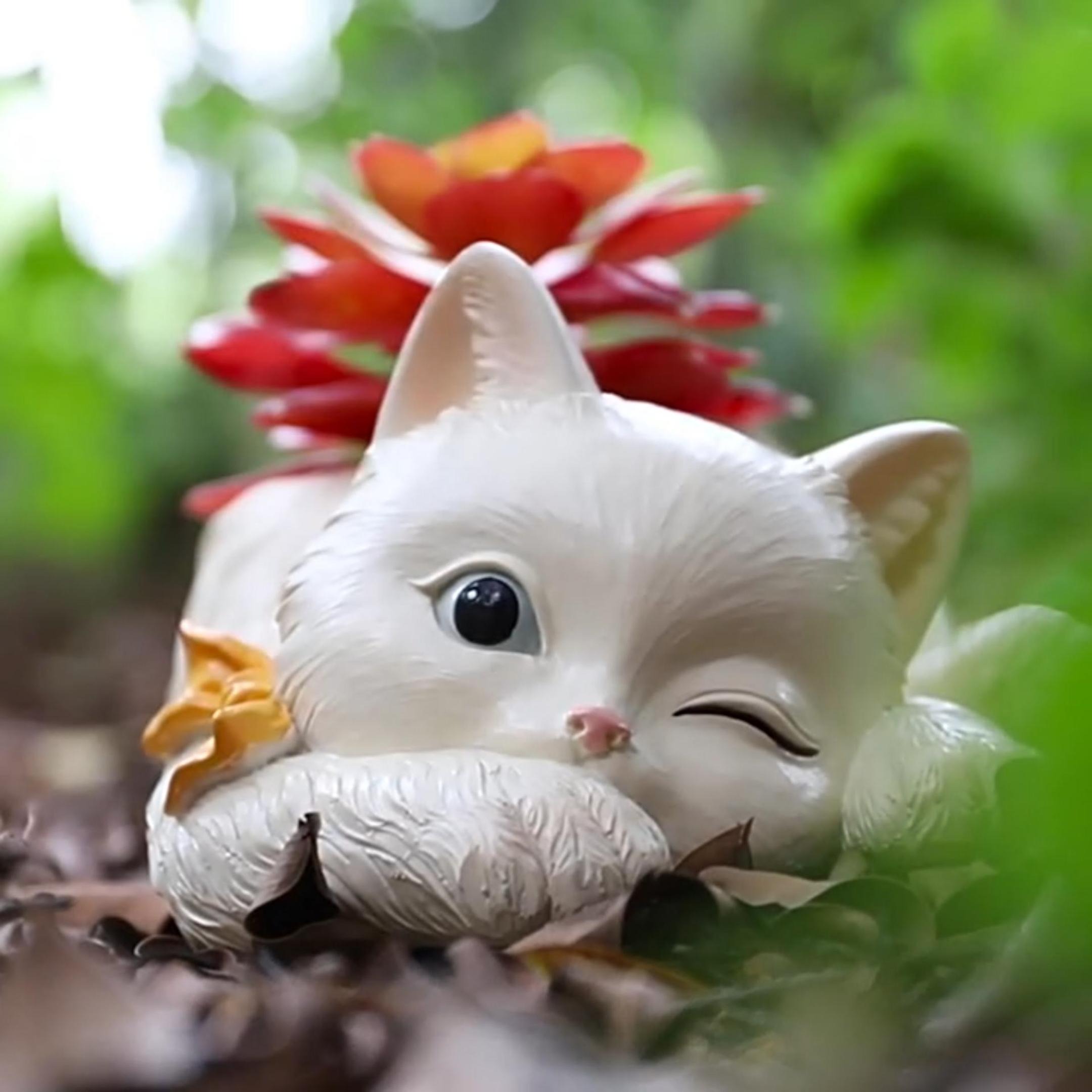
Design a feline-friendly garden with these tips:
1. Safe Plant Selection
Choose non-toxic plants like Boston Ferns or Spider Plants. Avoid lilies and philodendron. Cluster cat grass near windowsills for safe nibbling.
2. Vertical Gardens
Mount hanging planters or wall shelves to keep foliage out of reach. Use trailing plants like Spider Plants for aesthetic appeal without risk.
3. Interactive Zones
- Cat Grass Patches: Plant wheatgrass in shallow pots for grazing.
- Sunlit Spots: Position plants near sunny windows where cats nap.
4. Container Creativity
Use tall pots or hanging baskets for Parlor Palms and Barberton Daisies. Add cat-friendly mulch (e.g., coconut husk) instead of toxic decorative stones.
5. Safety Checks
- Fertilizer-Free Soil: Use organic, pet-safe options.
- Inspect Regularly: Look for chew marks or wilted leaves.
Combine these elements to create a space where cats coexist peacefully with greenery. A feline-friendly garden balances beauty and safety, fostering a harmonious home.
Plant Safety Tips for Cat Owners
Ensure plant safety for your cat with these tips:
1. Choose Non-Toxic Plants
Opt for Boston Ferns, Spider Plants, or Cat Grass. Avoid lilies, sago palms, and dieffenbachia. Cross-reference the ASPCA toxic plant list to confirm safety.
2. Strategic Placement
- Height: Hang plants or use tall pots to keep foliage out of reach.
- Zones: Position toxic plants (if kept) in locked rooms or out of reach of curious cats.
3. Cat-Proof Containers
Use decorative screens or hanging baskets to deter chewing. Plant cat grass in shallow pots near tempting plants as a distraction.
4. Regular Inspections
Check leaves weekly for bite marks or wilting. Replace damaged plants promptly to avoid mold growth.
5. Emergency Preparedness
- Keep vet contact info accessible.
- Note toxic plant ingestion symptoms: vomiting, lethargy, or drooling.
6. Safe Alternatives
Grow cat grass or wheatgrass for nibbling. Use artificial plants in high-risk areas.
By following these plant safety guidelines, cat owners can enjoy greenery while ensuring their pet’s well-being.
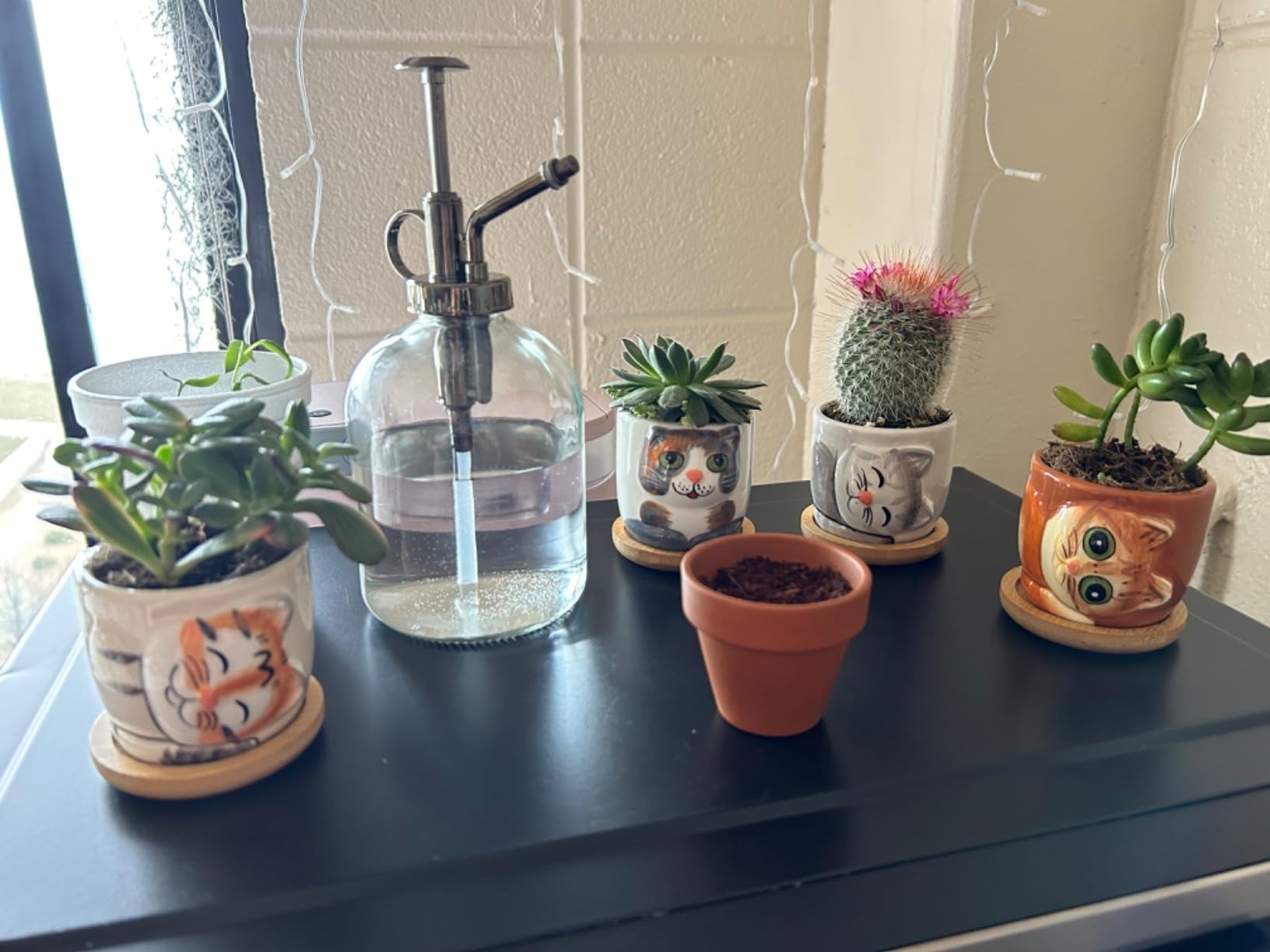
Dealing with Accidental Ingestion
Handle accidental ingestion calmly with these steps:
1. Stay Calm and Assess
Note what plant was eaten and the amount ingested. Common culprits include lilies, dieffenbachia, or sago palm.
2. Identify Symptoms
Watch for:
- Vomiting, diarrhea, or drooling.
- Lethargy, tremors, or difficulty breathing.
3. Contact a Vet Immediately
Call your vet or an animal poison hotline. Provide plant details and follow instructions. Never induce vomiting without guidance.
4. Bring Plant Samples
Collect leaf samples or photos to aid identification.
5. Monitor Your Cat
Keep the cat calm and hydrated. Avoid home remedies unless advised by a vet.
6. Prevent Future Incidents
Remove toxic plants or place them out of reach. Use cat grass as a safe alternative for chewing.
Prompt action minimizes risks—always prioritize veterinary care for accidental ingestion.
Creating a Multi-Purpose Green Space
Design a multi-purpose green space with these tips:
1. Strategic Plant Selection
Choose cat-safe plants like Spider Plants and Boston Ferns that thrive indoors and purify air. Add cat grass for nibbling.
2. Zone the Space
- Greenery Zone: Cluster plants in a corner with hanging baskets.
- Cat Zone: Place a cat tree near sunlit windows for napping.
- Human Zone: Add seating with side tables for plants.
3. Furniture Integration
Combine cat-friendly furniture with plants:
- Cat Trees with Plant Shelves: Mount small pots on tiers.
- Plant Stands: Use tall stands to display Parlor Palms while keeping foliage out of reach.
4. Interactive Elements
- Cat Grass Patches: Grow wheatgrass in shallow pots near cat zones.
- Suspended Toys: Hang feather toys above plants to distract cats.
5. Safety Measures
- Use non-toxic pots and organic mulch.
- Secure plants in heavy containers to prevent tipping.
This space merges beauty, functionality, and safety, creating an oasis for both you and your cat.
Final Thoughts and Next Steps
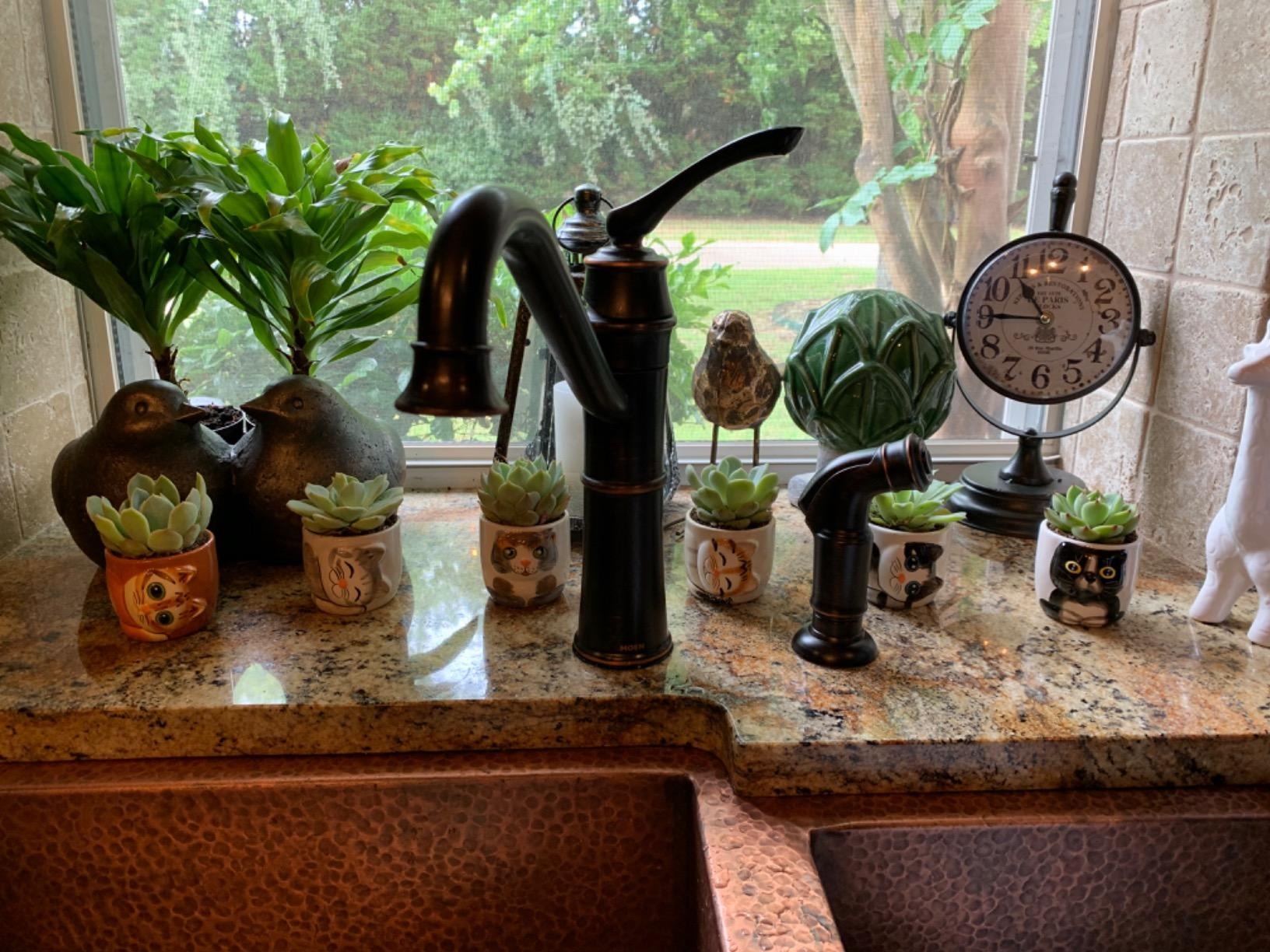
Cat-friendly indoor plants bridge the gap between green living and pet safety. Here’s how to keep growing your plant journey:
1. Expand Your Collection Gradually
Add one new cat-safe indoor plant every few months. Start with low-maintenance varieties like Spider Plants or Cat Grass, then explore options like Barberton Daisies for colorful blooms.
2. Deepen Your Knowledge
- Read Guides: Explore books like The Complete Houseplant Survival Manual.
- Follow Experts: YouTube channels like The Sill offer plant care tips.
3. Join Cat Plant Communities
Engage with forums like r/PlantParenthood or local gardening groups for troubleshooting and inspiration.
4. Experiment with Advanced Care
Try propagating Boston Ferns via division or creating vertical gardens with non-toxic plants like Dracaena.
5. Stay Vigilant
Regularly inspect plants for damage and replace toxic varieties with safe alternatives.
Your plant journey is a lifelong adventure. Whether you’re nurturing a lush Parlor Palm or a simple cat grass patch, every plant contributes to a safer, greener home. Happy planting!
FAQs
Q: How do I know if a plant is safe for cats?
A: Cross-reference with the ASPCA’s toxic plant list or search “cat safe indoor plants” for vet-approved options.
Q: Can cats chew cat-safe plants without harm?
A: Yes, but monitor for overeating. Some plants like cat grass are designed for this purpose.
Q: Are outdoor plants safe to bring indoors for cats?
A: No—many outdoor varieties are toxic. Stick to indoor-specific, non-toxic species.
Q: What if my cat ignores the plants?
A: Position them near sunny spots or cat trees to attract natural curiosity.
Q: Can I use fertilizers with cat-safe plants?
A: Yes, but choose organic, pet-friendly options to avoid chemical risks.

